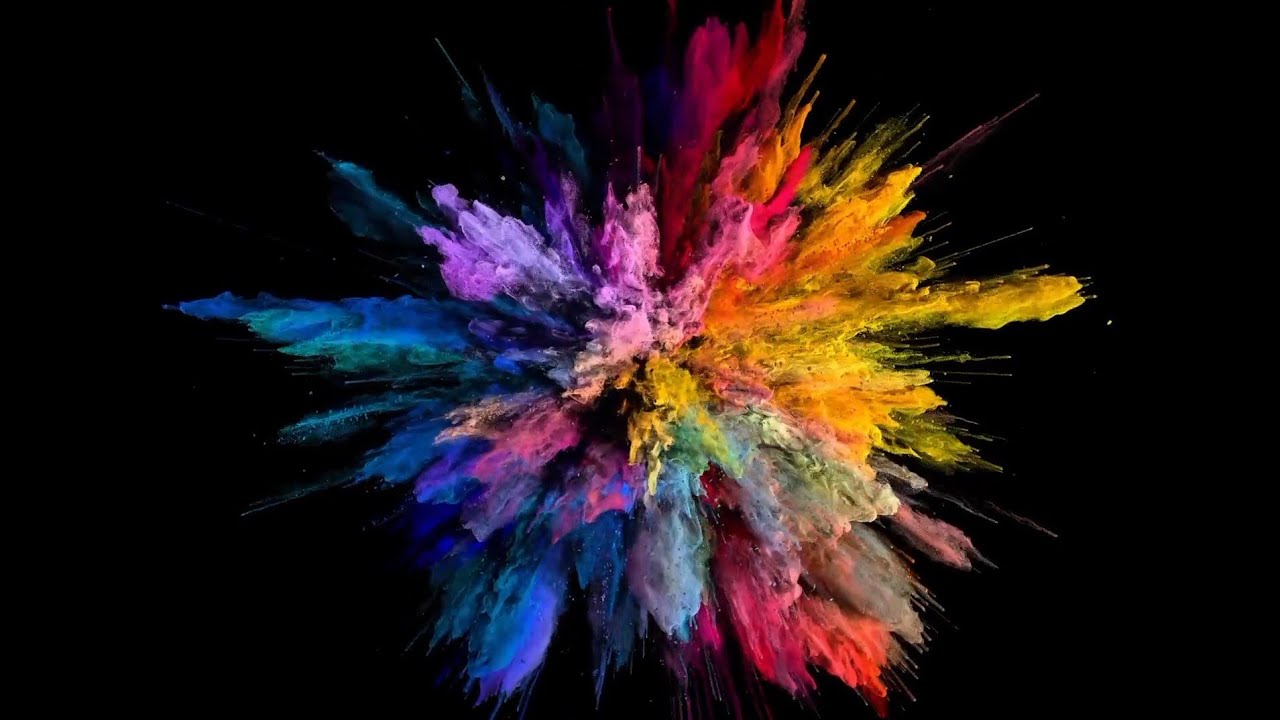

You’re not contradicting anything they said, and you’re not contradicting that Steam is a monopoly.
“Falsehood flies, and truth comes limping after it, so that when men come to be undeceived, it is too late; the jest is over, and the tale hath had its effect: […] like a physician, who hath found out an infallible medicine, after the patient is dead.” —Jonathan Swift


You’re not contradicting anything they said, and you’re not contradicting that Steam is a monopoly.


That tends to happen when you have a monopoly on an industry where you get 30% of the revenue from other people’s hard work.


Any chance of something like OpenWrt?


Say what you will, but those 84 people stayed because there’s no better place for microwaved insults to Southern cuisine this side of the Walmart frozen dinners aisle.


OP, you say “free, open source, and fully attributed”, but it’s really not fully attributed. I know Google will live, but you need to be more attentive to licensure and credit. Here are some major problems (in no particular order):
LICENSE file, you call the copyright status of the icons “uncertain”. This confuses the hell out of me, because on the icons pack page for Google, it clearly reads at the bottom: Except as otherwise noted, the content of this page is licensed under the Creative Commons Attribution 4.0 License, and code samples are licensed under the Apache 2.0 License.

Now you have all your research done for you, and Cunningham’s law is proven right again.


Correct, as it has to. In addition to behavior, CheckUsers use IP addresses to help identify sockpuppets. If you could bypass the exemption by just saying “here’s a new account; pls exempt”, it would quickly become common knowledge among sockmasters that all they need is to quickly ask and be accepted days later.
At that point, the block on proxy editing near-completely fails at one of its main functions.


I don’t know what you mean by “identify yourself”. You need an account with a trustworthy history of editing, at which point you can request the exemption.


True. Facebook from its inception as Facemash was a way for creepy, misogynist slimeballs to ogle and “rank” women they went to school with against their consent by harvesting public databases. “It was just a prank bro.” —Mark ‘Real Human’ Zuckerberg


OP, I would seriously consider trying the Arch Wiki for this. I really hope you had a backup, but you probably need expert-level advice here (at least below “paid data recovery specialist”) if you have any hope of unfucking this. Obviously you’ve learned your lesson about running random commands you don’t understand in response to an error message, so I don’t think people should be scolding you here for that.


Betteridge’s law in shambles


Seems like it’s the most active one too.


The discoverers themselves refer to it as a backdoor, so frankly I don’t know what you’re on about accusing this article of misrepresenting their findings.


Why read an actual article written by humans when you can turn it into more generative AI garbage instead? 🙄


You insert it rectally and then honk, obviously.


The ship hasn’t sailed; the more countries you let do that, the more problematic the precedent becomes. This isn’t a binary thing.


Issue requests or pull requests?


How dare you!! Here’s why you need to be vegan right now by the way grumble grumble grumble
God bless you, Chargeman Ken.